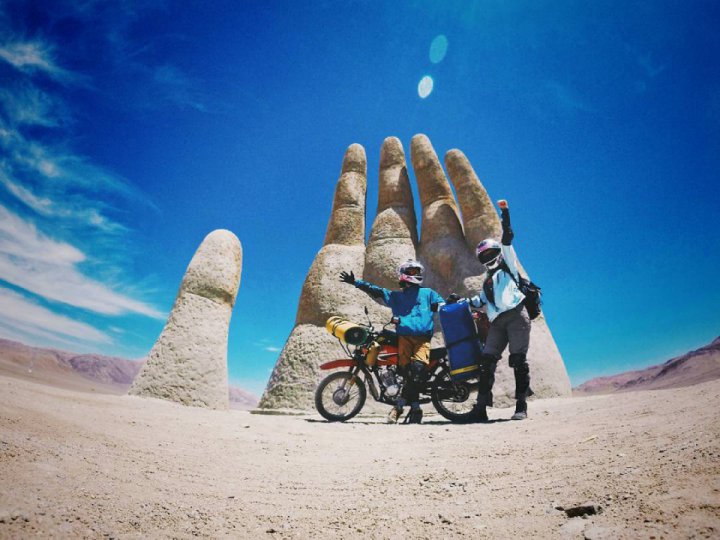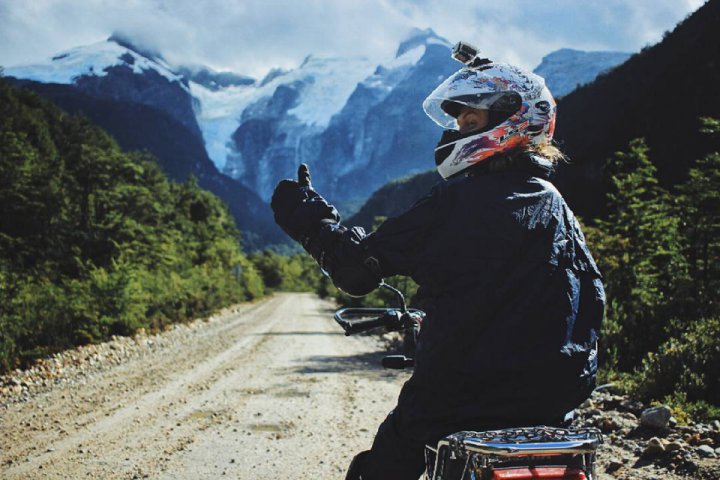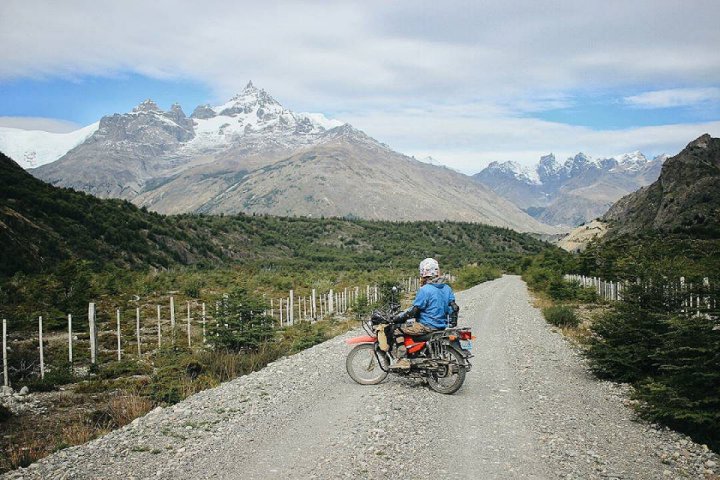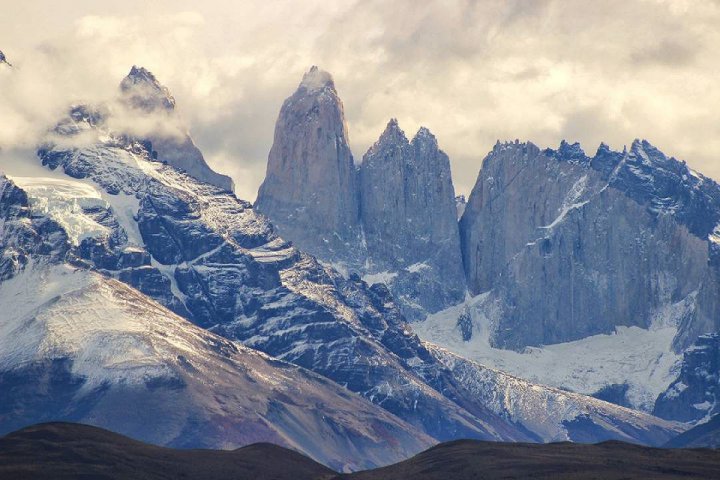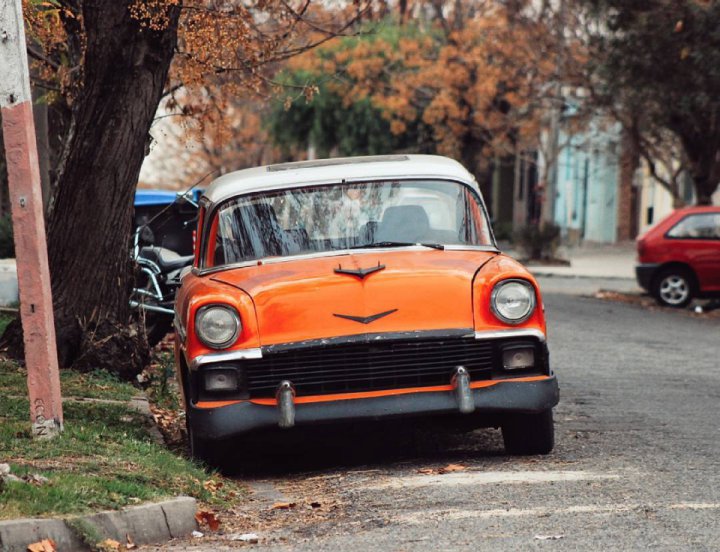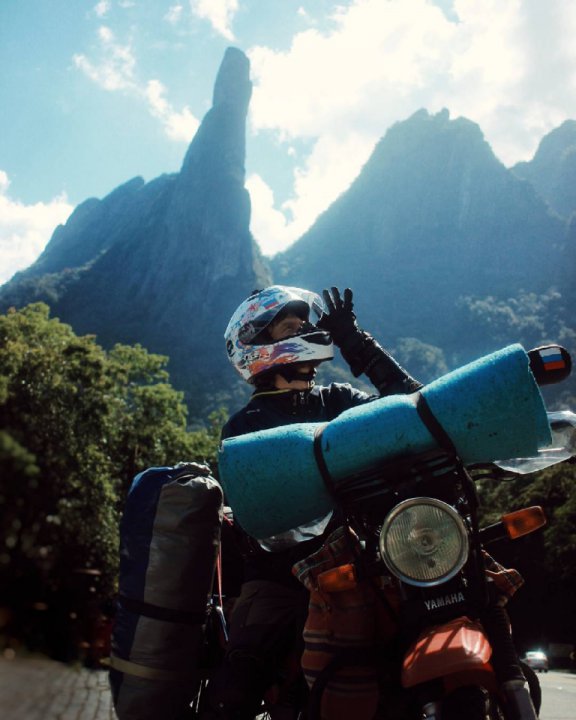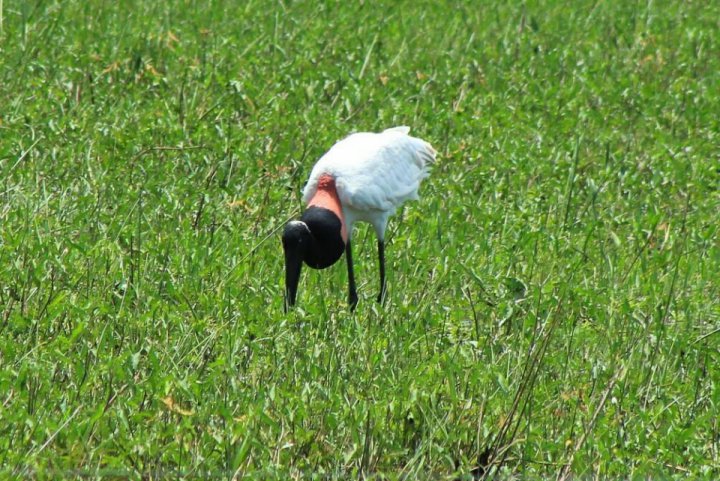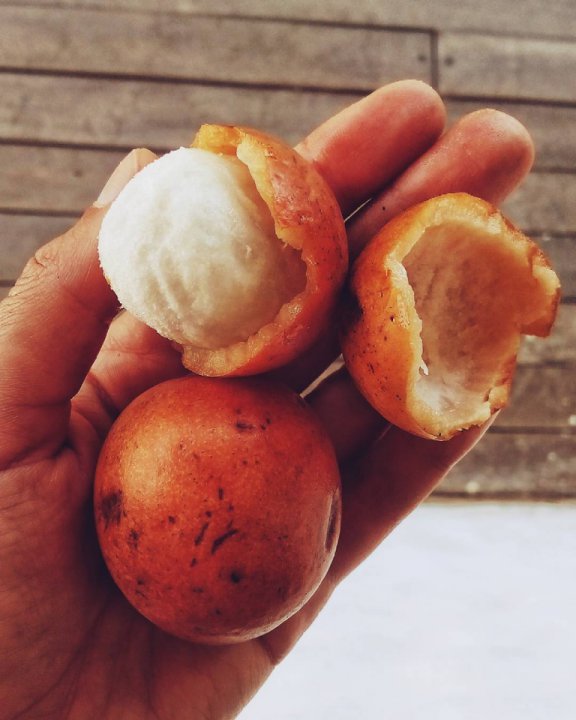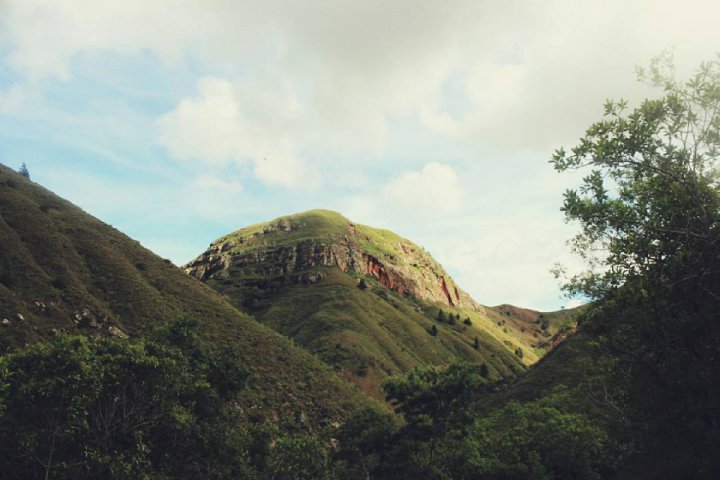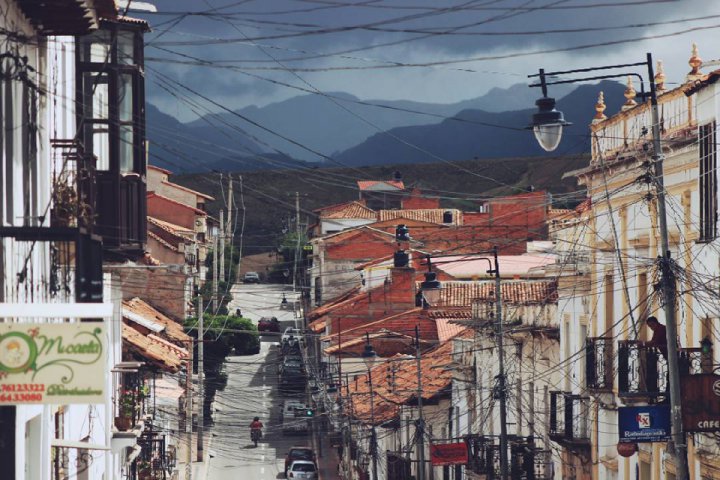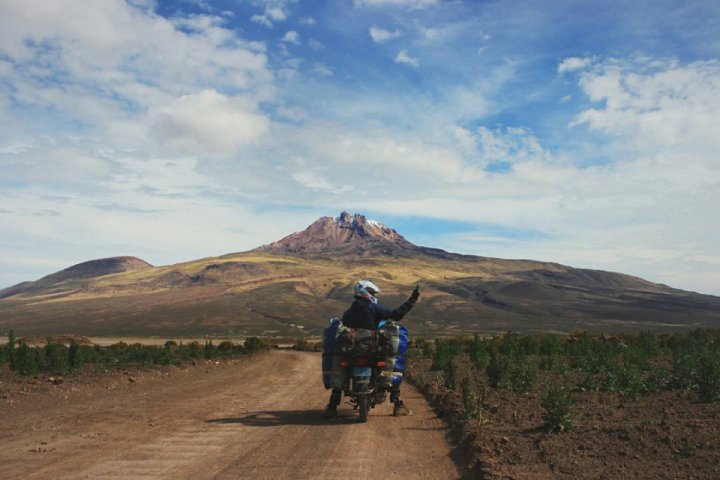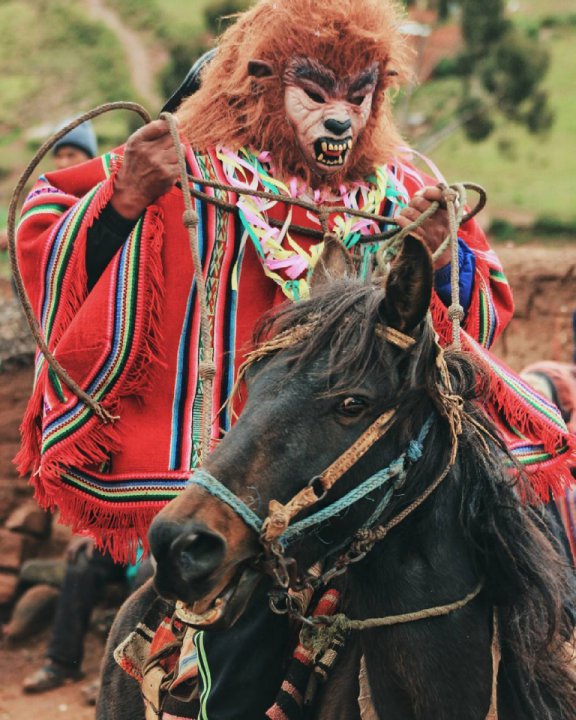Adventures of YB125 in Bolivia. Part 6
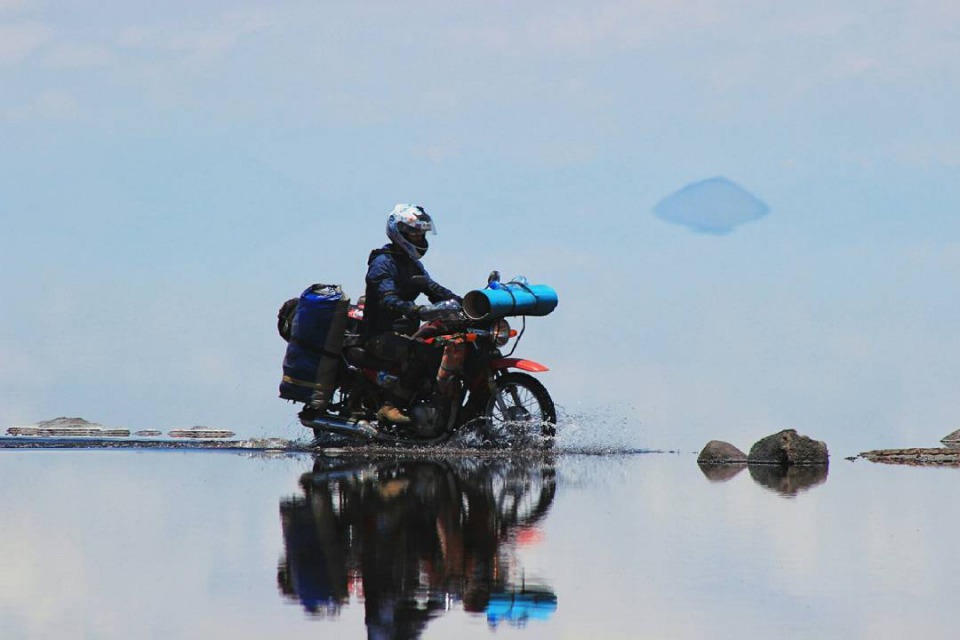
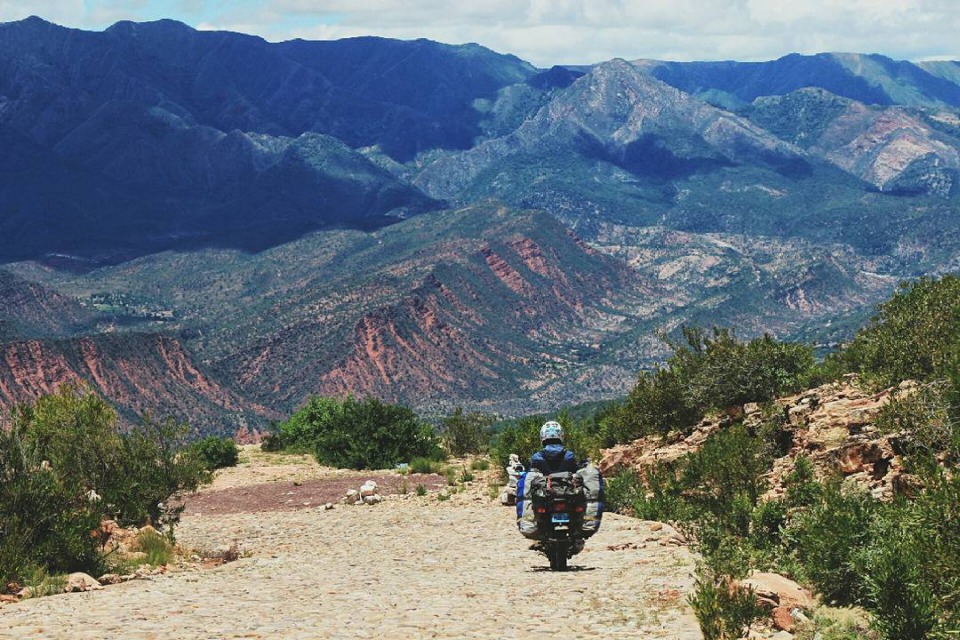
Bolivia is a poor country, one of the poorest countries in South America ... to be more precise, it is on the penultimate place in the list. This is evident even in tourist and big cities and villages. In normal acceptable conditions (according to our average views) just units live there. These units are concentrated around the cities ... It's nothing to speak of small villages or non-tourist towns. More than half of the country wears sandals from automobile tires, one third of the country lives still without electricity, some villages and even districts of large cities lack clean drinking water.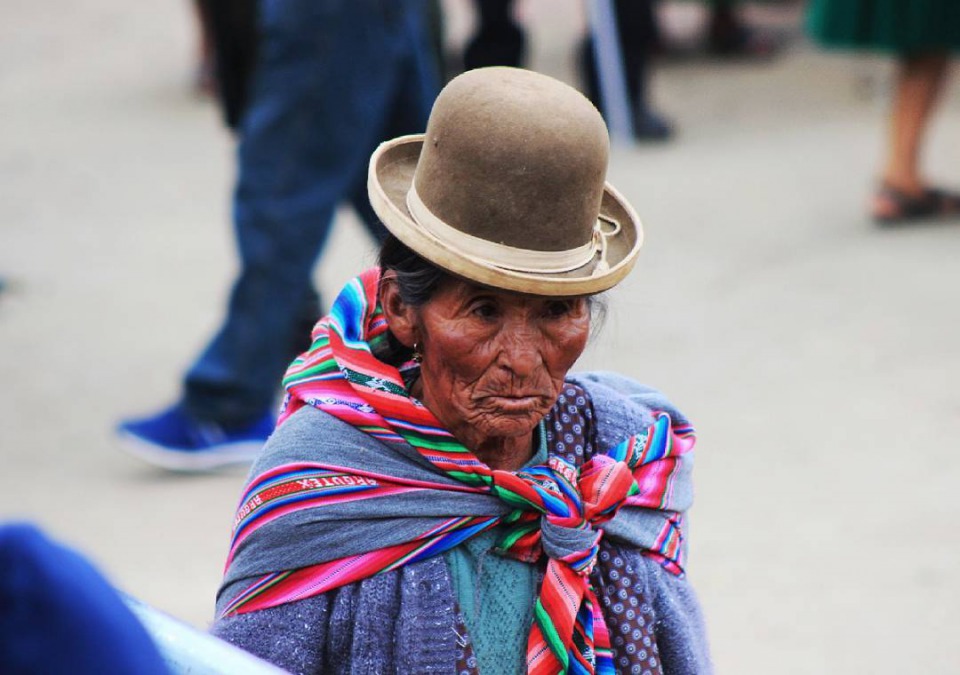
All this poverty is accessible to the eyes of even an inattentive traveler. To some extent this fact greatly facilitates our trip - only in Bolivia it is possible to have an excellent dinner for pennies (lunch includes first and second meals). The same fact also makes some difficulties - the terrible state of roads, the lack of clean drinking water again ... Maybe because China is far away, but this poor remains the only frontier on the path of merciless globalization - it's simply impossible to tear the view from the countryside. Beautiful and interesting, still dressed in full symbolism.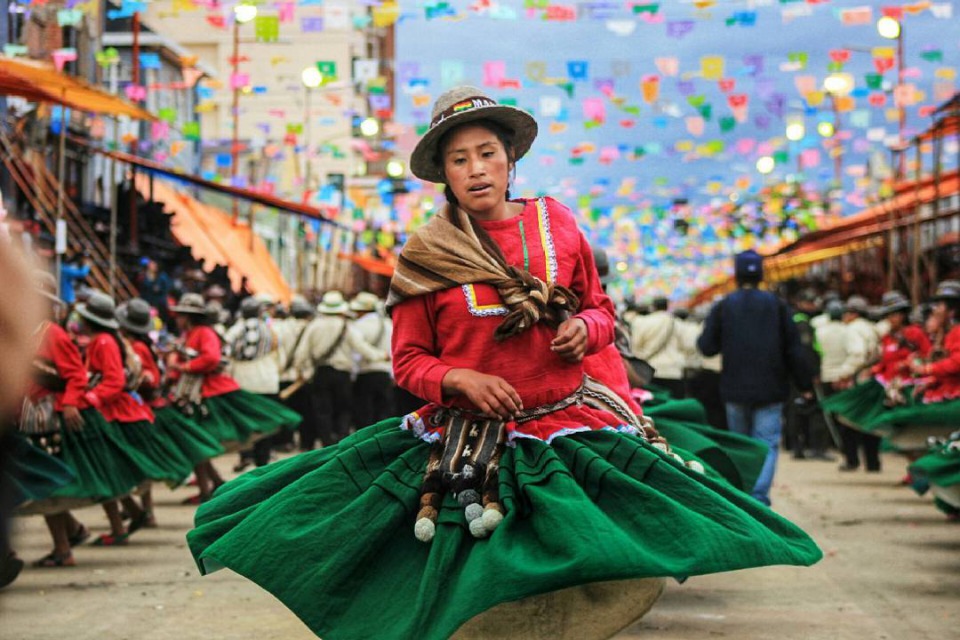
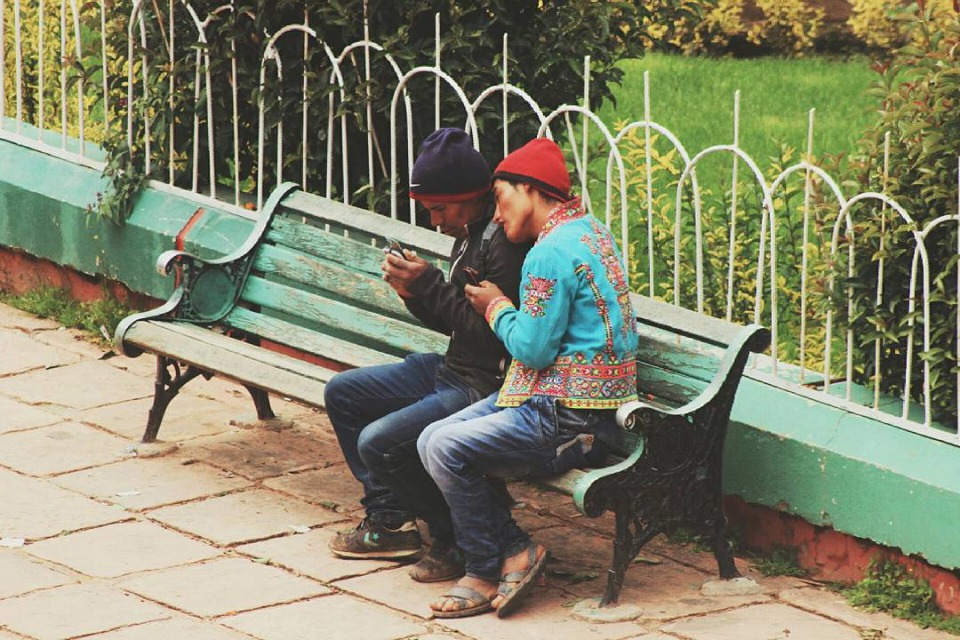

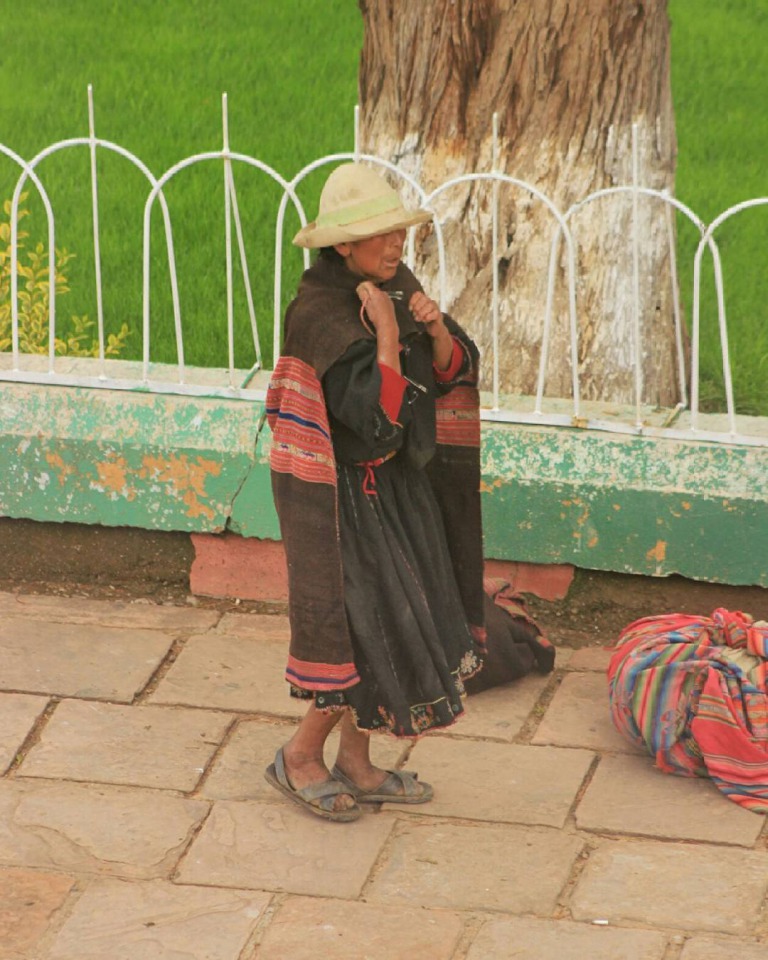
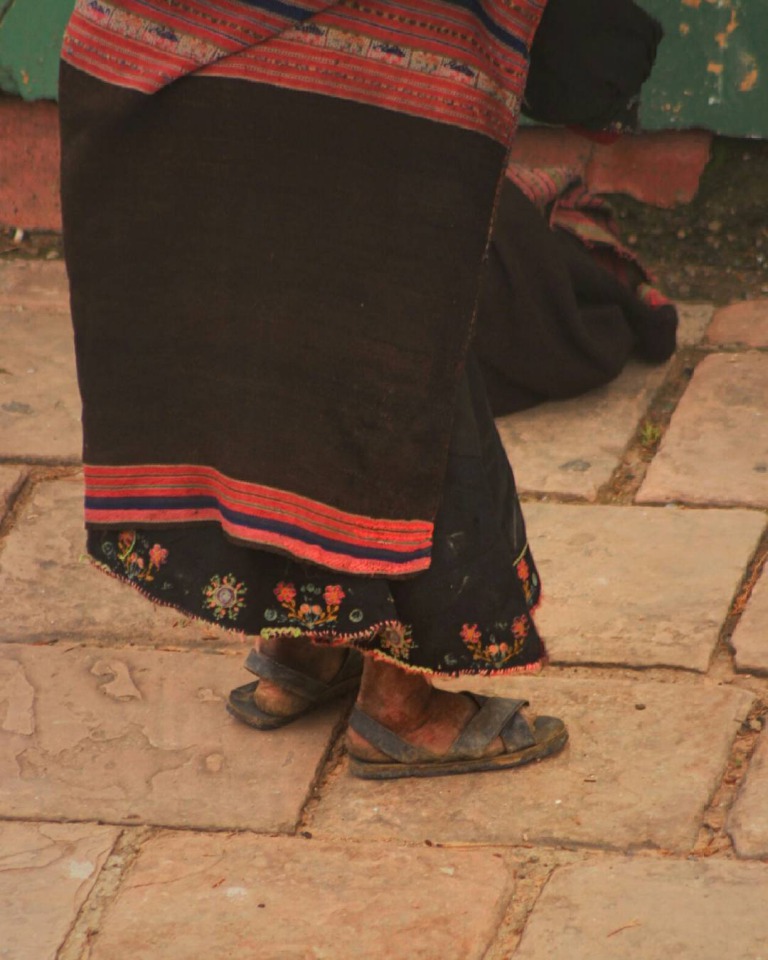
Simple Bolivians (ordinary citizens who are not employed in tourism) are very difficult to photograph. Their temper is steep, it's probably in the blood. They often refuse, sharply and unequivocally. Agree rarely and more often because they simply do not understand what we want. But there are cases in which a photographer and even a foreigner can do everything. It's holidays. The larger the holiday, the freer you feel with the camera in hand. The most large-scale holiday of the country takes place 4 weeks before Semana Santa - this is the Oruro Carnival.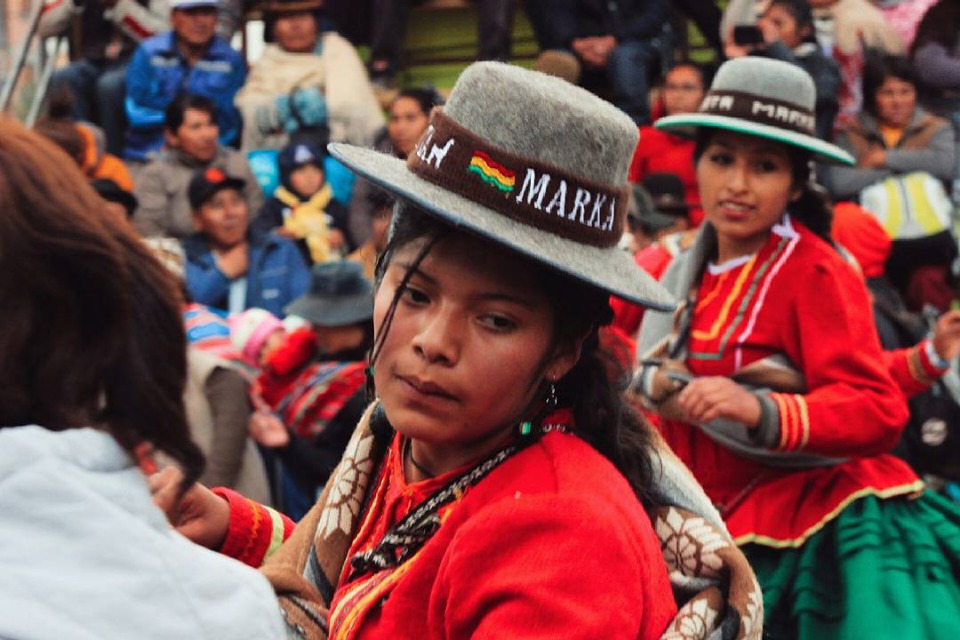
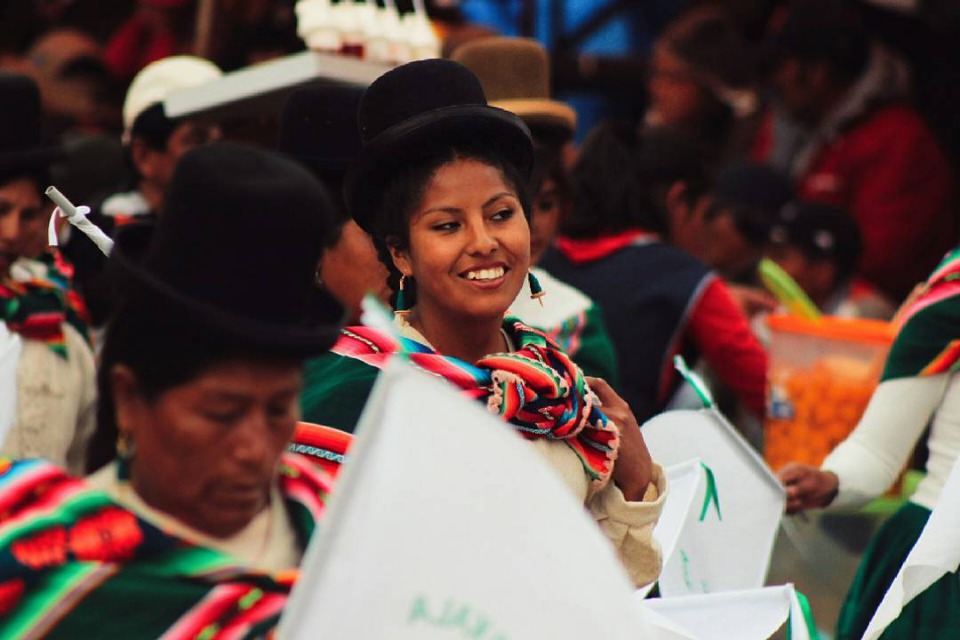
Arriving in Oruro ahead of time we found out that it is simply impossible to find a hotel for the time of carnival and not only because the prices even for the most terrible rooms are overstated in 10-15 times, but because they are reserved in advance .. Oruro in the days of the carnival lay a route for processions, on the streets they make tribunes. Before the official start with professional dancers, this passage is given to the village people who come from different provinces to show themselves. At this carnival, we did not stay in the city because of the prices, but we saw enough of the village ones. By the way, they, too, have nowhere to sleep in the days of the official carnival. Grandmothers, grandfathers literally walk for three days in the streets dancing and drinking, resting right on the sidewalks.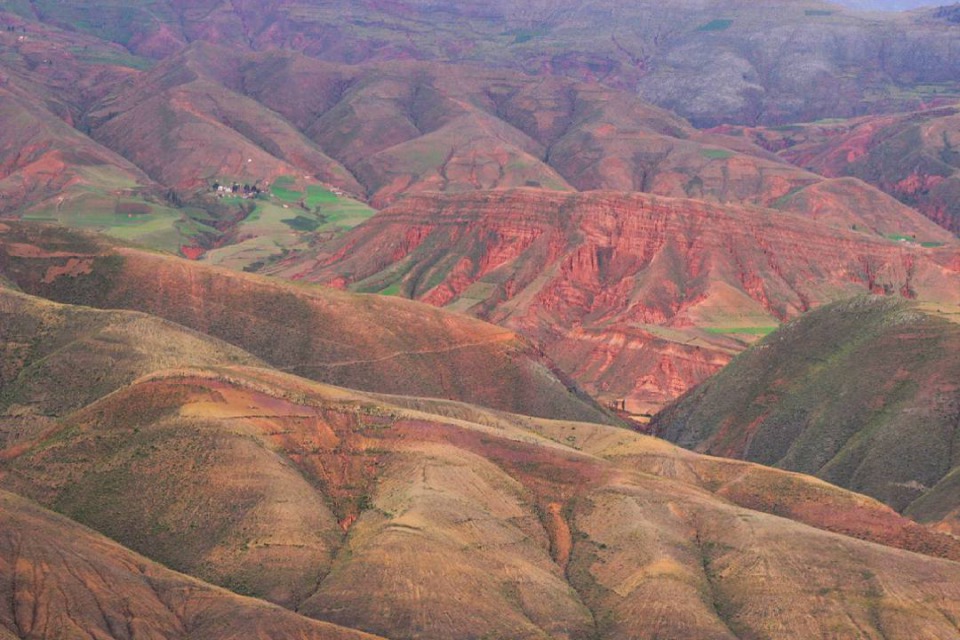
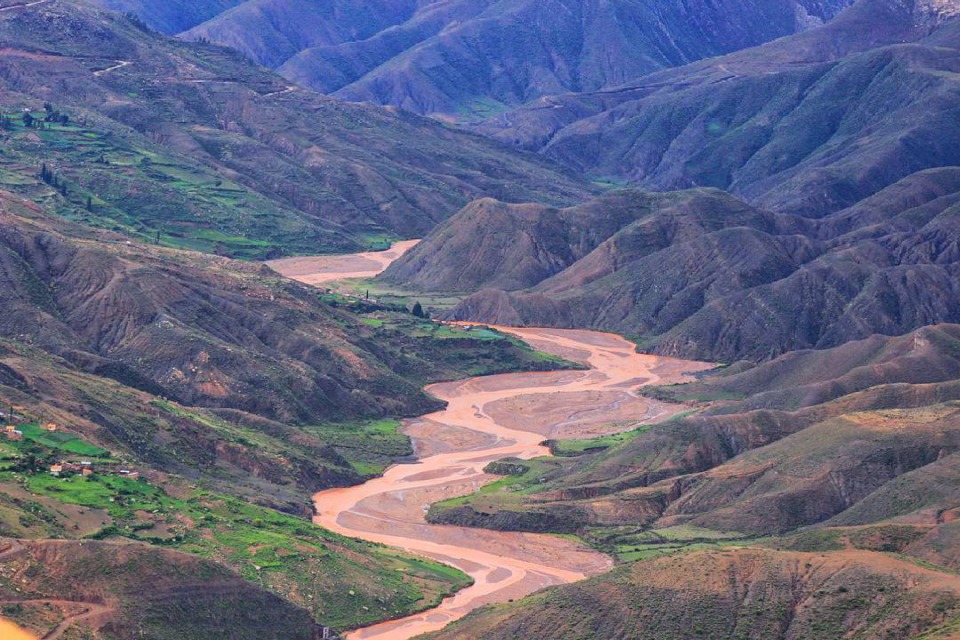
Another petroglyphs on our way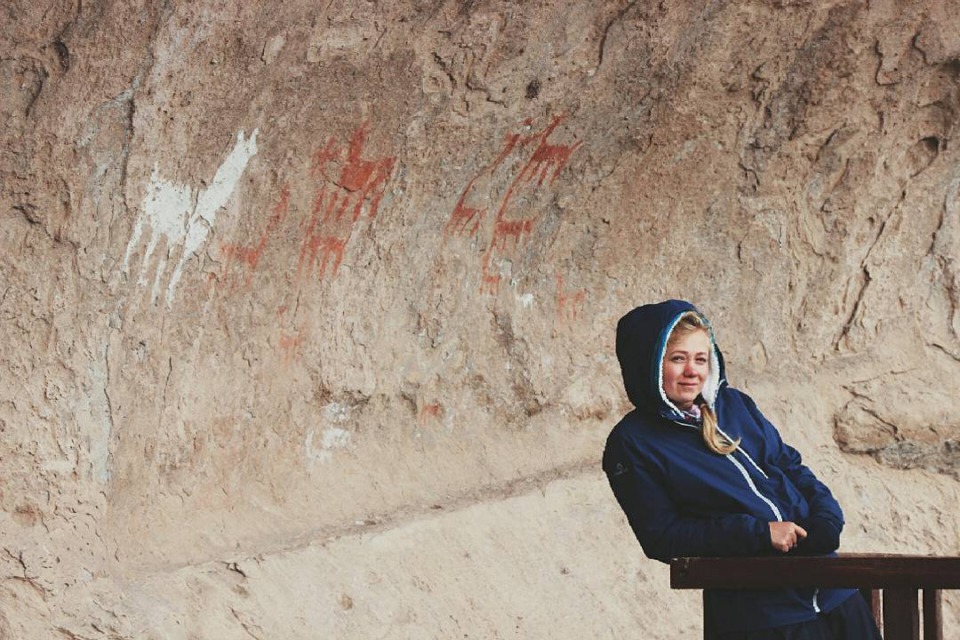
Leaving Oruro, we did not suspect that, having got to the small village Sakaka in the middle of "nowhere", we will meet another carnival.
Carnival in small villages is always not at all what is shown in cities with professional dancers. And everywhere it is different. Our carnival promised to be interesting :) First of all, because the Indians fooled Catholics in full. Well, Catholics have been severely abolished, but in Sakak (as well as in other mountain villages of the departments of Oruro, Potosi at least), Indians under the guise of carnival celebrate the very same new year (dates coincide in cultures throughout South America and so it happened , which coincided with European carnivals).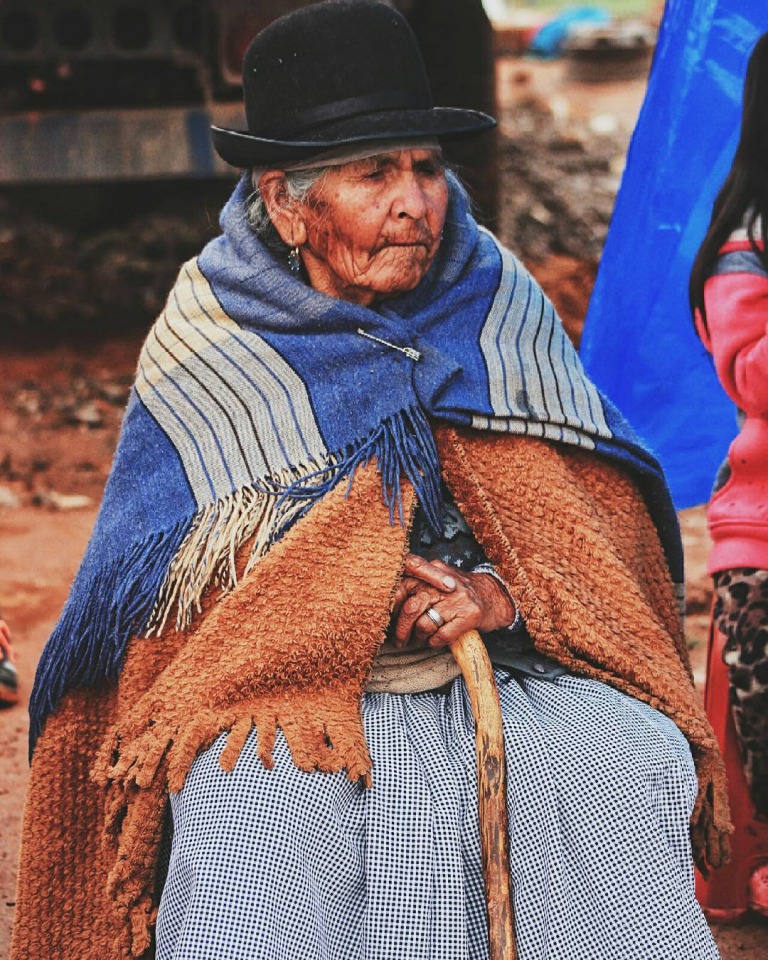
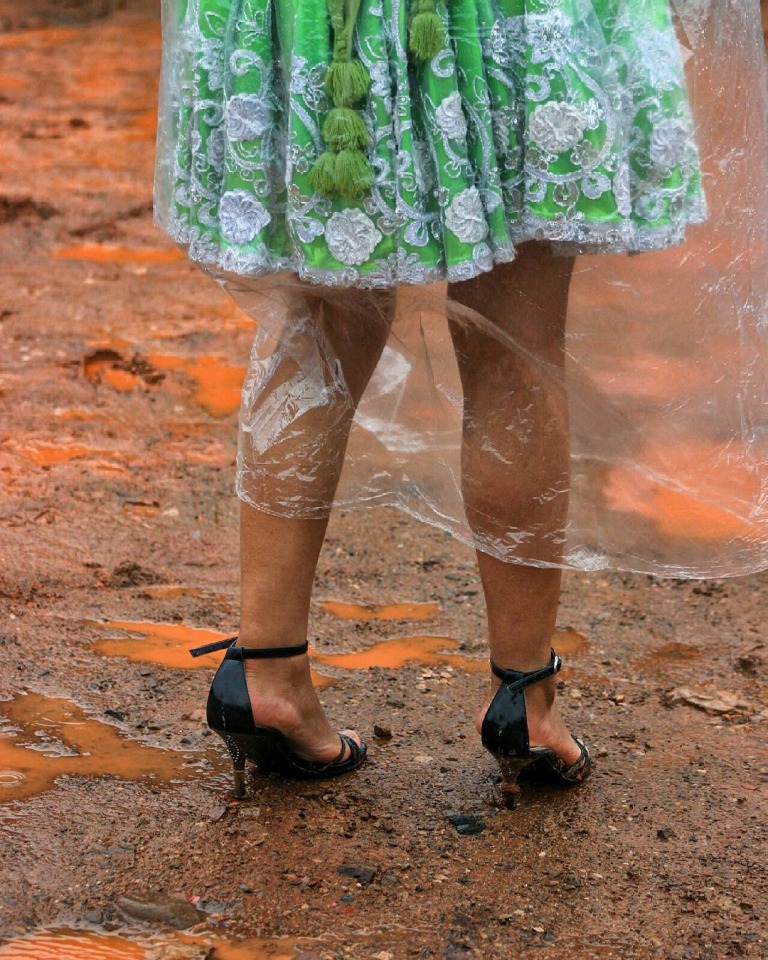

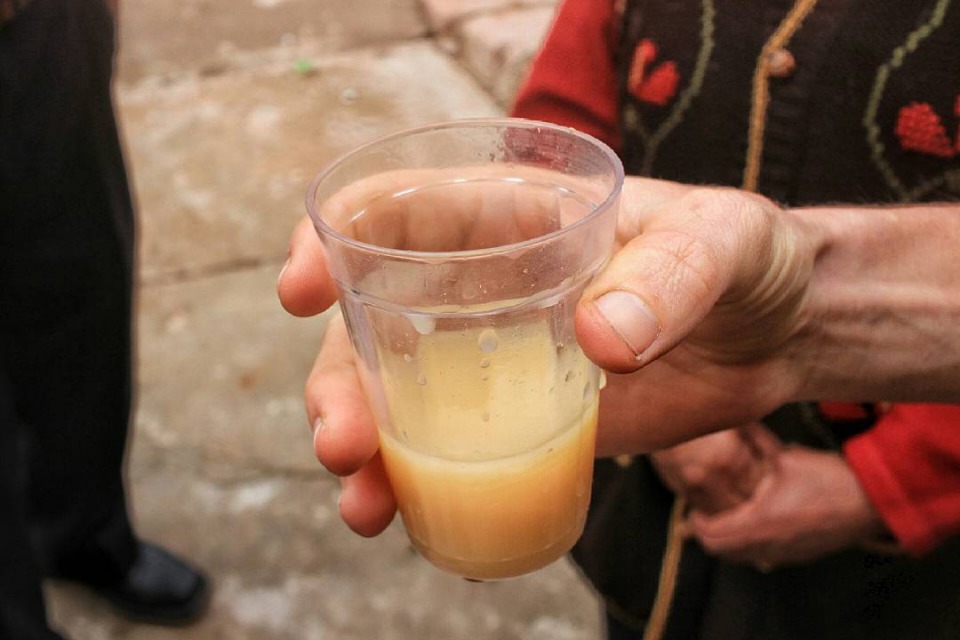
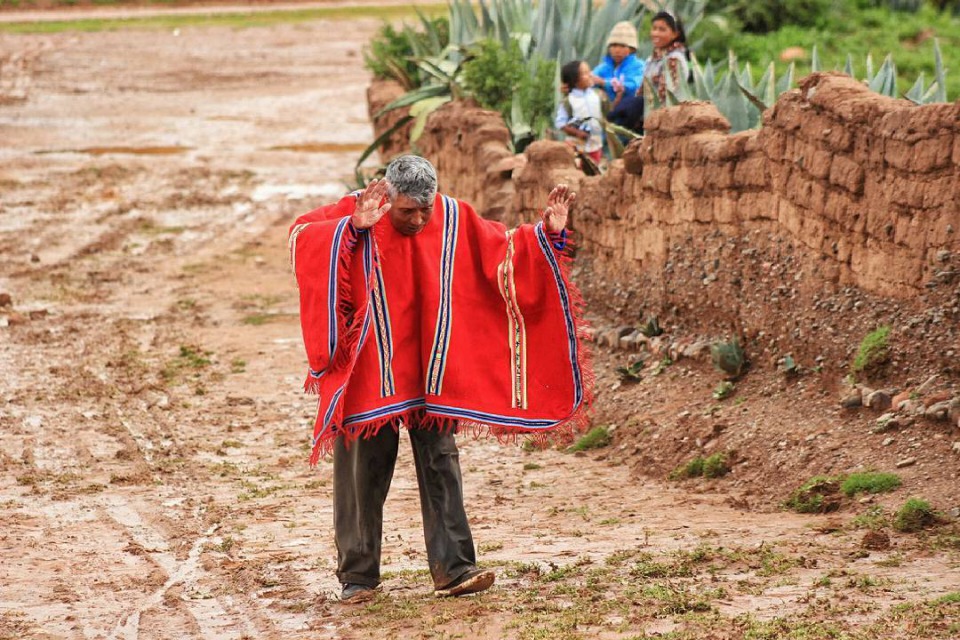
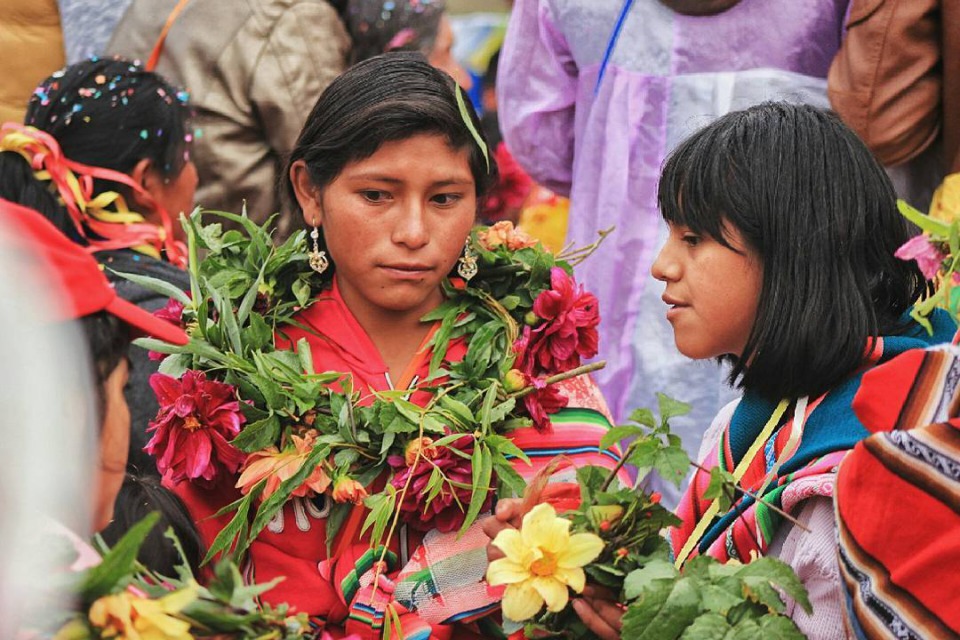
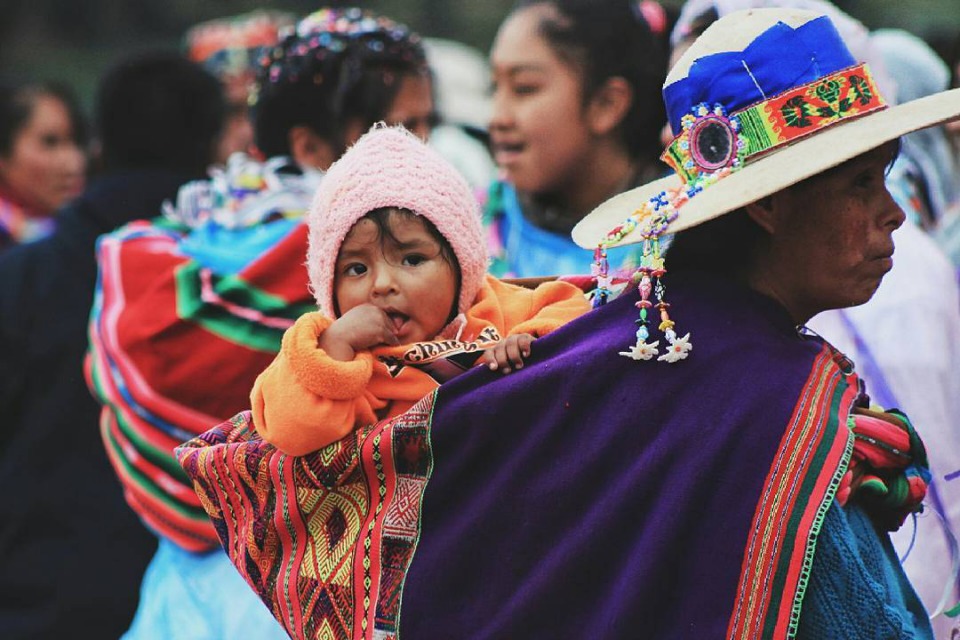
To be continued...
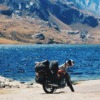
 Follow
3.2K
Follow
3.2K


